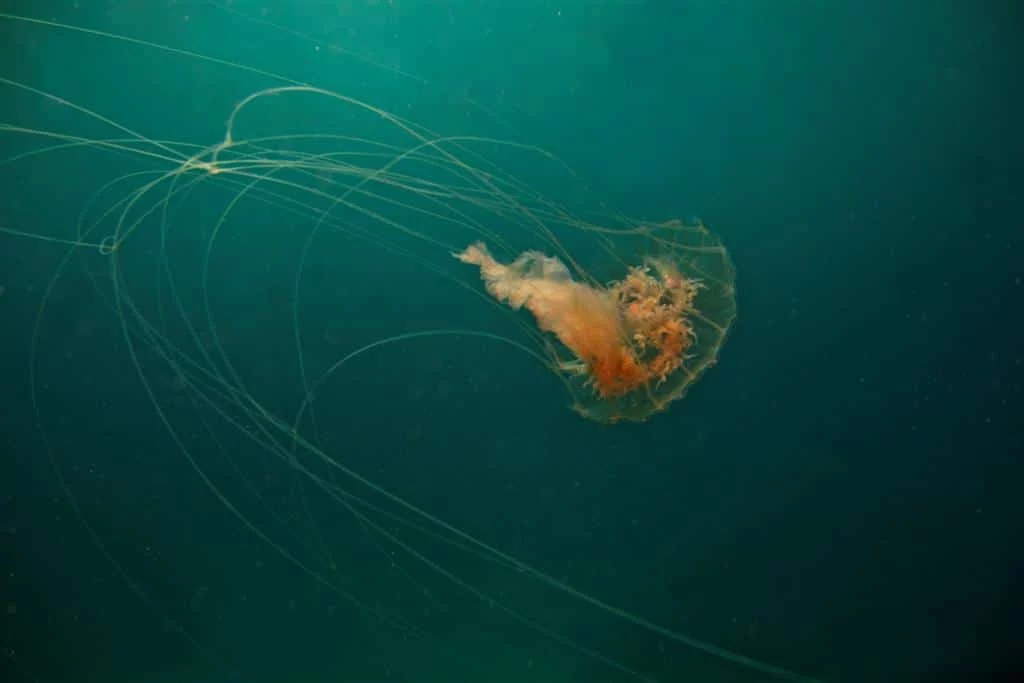- The Great Cornwall Guide
- Destinations
- Things to do
- Beach Guide
- Food & Drink
- Properties
- Journal
- Golden Lobster Reviews
- Destinations

We are used to seeing jellyfish along the craggy Cornish coast, but Box Jellyfish are something else. They are giants for a start and were once only seen here in Sea Life Centres. They look like large square (four sides); hence, the name. They gravitate towards river mouths and creeks. Box Jellyfish have been spotted near Falmouth, Padstow and in the Camel Estuary.
Padstow Sea Life Safaris tell you all about jellyfish in a video here. We discover that jellyfish have no brains, no hearts and no blood – they can also regenerate themselves if they get damaged. Some can even clone themselves. Obviously, if you see one, admire from a distance but don’t touch it with your bare hands, else you might well get more than you bargain for. The sting from the Box Jellyfish is very painful and definitely one to avoid. NHS advice on stings is here.
Mysterious creatures, these fascinating gelatinous specimens have been around since prehistoric times, with weird-looking bodies and dangling tentacles. They are also not actually fish, they are plankton, some of which reach mythological proportions. Not great swimmers, they largely float along in the water (they are 98% water themselves).
They are wonderful to see in the water from a boat trip, or in a sea life centre, but not ideal if you are swimming. Usually, you will hear if there is a jellyfish invasion or sighting in the area, so keep an eye on the local news.
Why are we seeing them in Cornwall? It probably comes down to climate change. Hotter weather and warmer seas are encouraging creatures to visit us who didn’t before.
See, Cornwall has something for us all!
Categories: Cornwall's wildlife to see